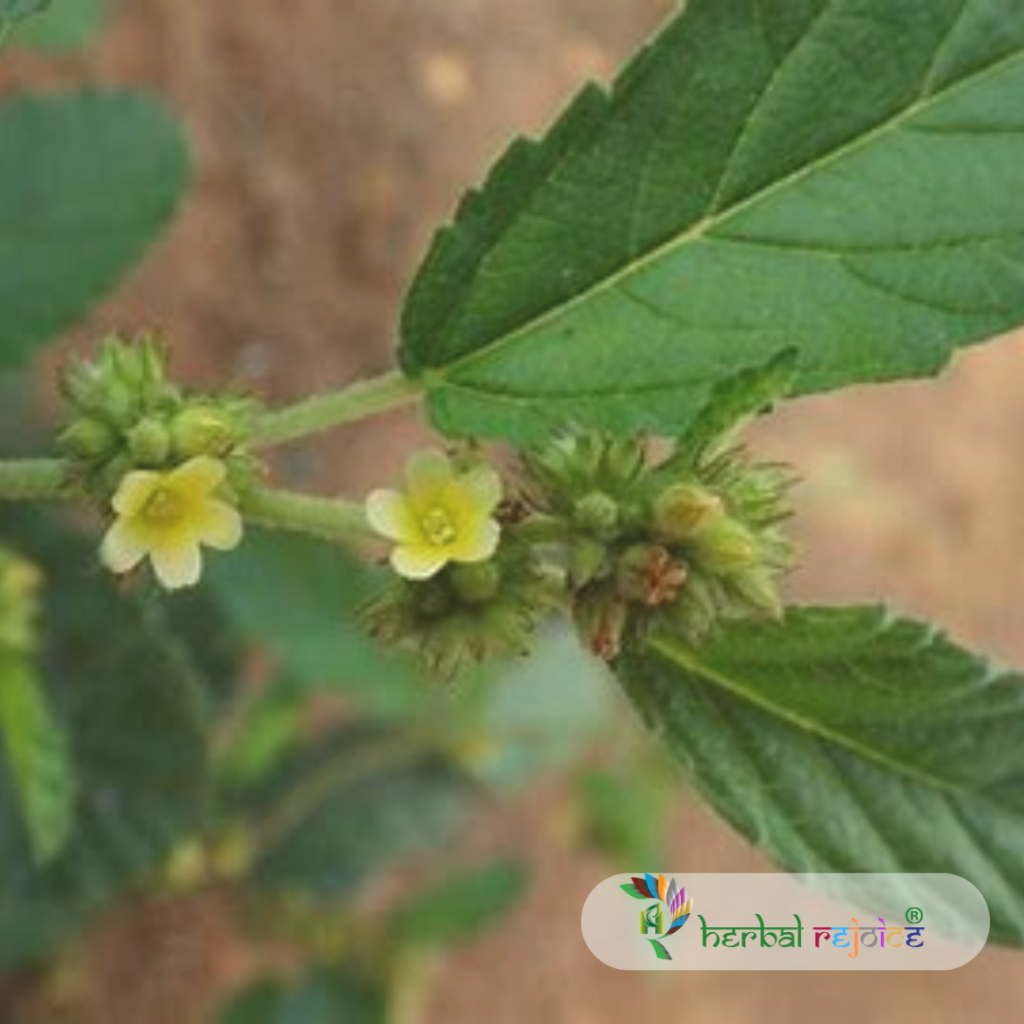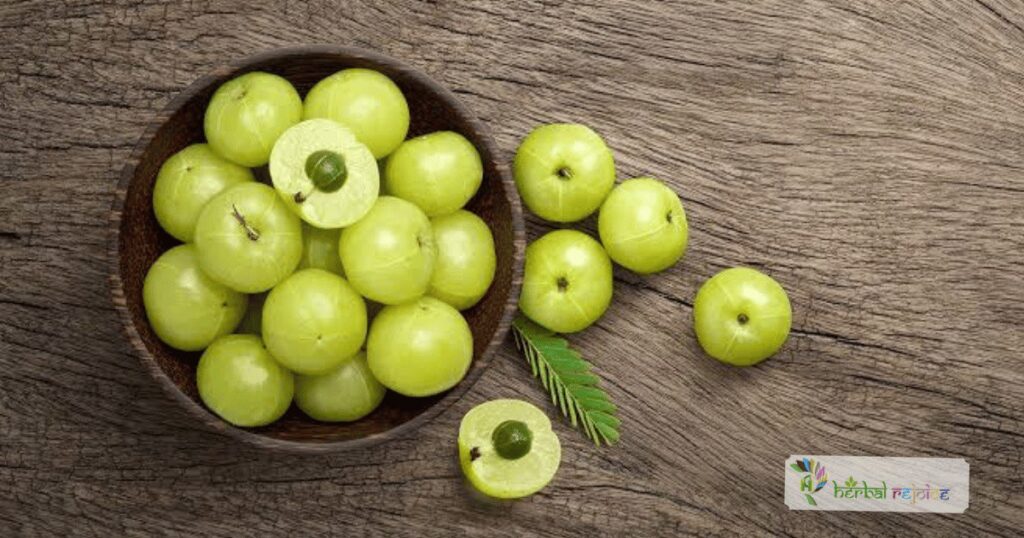Introduction
Waltheria indica Linn, also known as W. americana Linn, belongs to the Sterculiaceae family. It is native to tropical regions of India and is commonly known as Shembudu in Siddha/Tamil and Khar-Duudhi in Bengal folklore.
Medicinal Properties
The plant has various medicinal properties. It is known to have emollient, bechic, febrifuge, purgative, and abortifacient properties. In traditional medicine, the root of the plant is used to treat internal haemorrhages.
Chemical Components
Waltheria indica Linn contains several beneficial compounds. It yields pelargonidin and cyanidin glycoside, which are flavonoids with antioxidant properties. It also contains apigeninidin, another flavonoid. Additionally, the plant contains anthocyanins, which are pigments that contribute to its vibrant colors.

One of the alkaloids found in Waltheria indica Linn is adouetin-7 sulfamate. This alkaloid has been studied for its effects on body temperature and behavior. At low levels, adouetin-7 sulfamate induces hypothermia and sedation. However, at high levels, it can cause hyperexcitability.
In addition to its medicinal properties, a decoction of the roots of Waltheria indica Linn has been found to possess antisyphlitic properties. This makes it potentially useful in the treatment of syphilis.
Conclusion
In conclusion, Waltheria indica Linn (W. americana Linn) is a plant with various medicinal properties. It has been used traditionally for its emollient, bechic, febrifuge, purgative, and abortifacient properties. The plant contains flavonoids like pelargonidin and cyanidin glycoside, as well as anthocyanins. It also contains the alkaloid adouetin-7 sulfamate, which has been studied for its effects on body temperature and behavior. Additionally, the decoction of the roots of the plant has shown antisyphlitic properties.
Frequently Asked Questions
What is Waltheria indica Linn?
Waltheria indica Linn, also known as W. americana Linn, belongs to the Sterculiaceae family and is native to tropical regions of India.
What are its common names?
In Siddha/Tamil, it is known as Shembudu, and in Bengal folklore, it is called Khar-Duudhi.
What medicinal properties does it possess?
The plant has emollient, bechic, febrifuge, purgative, and abortifacient properties. It is also used to treat internal hemorrhages.
What beneficial compounds are found in Waltheria indica?
It contains flavonoids such as pelargonidin and cyanidin glycoside, along with apigeninidin and anthocyanins.
What is adouetin-7 sulfamate?
Adouetin-7 sulfamate is an alkaloid in the plant that affects body temperature and behavior, inducing hypothermia and sedation at low levels and hyperexcitability at high levels.
Does it have any specific uses in traditional medicine?
Yes, a decoction of the roots has been used for its antisyphlitic properties, making it potentially useful in treating syphilis.
What are anthocyanins?
Anthocyanins are pigments that contribute to the vibrant colors of Waltheria indica and have antioxidant properties.
How is Waltheria indica traditionally used?
It is traditionally used for its various medicinal properties, particularly for treating conditions related to the respiratory system and internal bleeding.
Are there any precautions associated with its use?
As with any herbal remedy, it’s advisable to consult a qualified healthcare professional before using Waltheria indica for medicinal purposes.
Is there scientific research on its medicinal properties?
While traditional uses are well-documented, further scientific research is needed to fully validate its efficacy and explore its potential health benefits.


